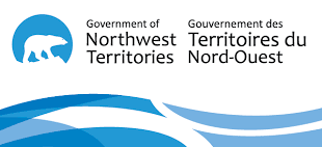Title: Quantifying the vertical water exchange of dominant tree species in a reclaimed landscape in the Athabasca oil sands region, Alberta
Citation: The data that support the findings of this study are available from the corresponding author upon reasonable request.
Study Site: Nikanotee Fen watershed, Fort McMurray, Alberta
Purpose: Large-scale oil sands mining in the Athabasca oil sands region has caused significant disturbance to forest and peatland ecosystems of the Western Boreal Plains in northeastern Alberta, Canada. Reclamation of these ecosystems has faced many challenges, including successful re-vegetation of uplands. The trajectory of reclaimed uplands depends on the community structure of tree species, which in turn influences vertical water exchanges via increases in rainfall interception and transpiration. The trajectory therefore influences vadose zone moisture dynamics and reduces water available for recharge to adjacent reclaimed peatlands. The objectives of this study were to assess trends in transpiration of dominant tree species in a reclaimed upland and quantify canopy–rainfall dynamics and its impact on near-surface soil moisture regime and tree water use.
Abstract: Meteorological and soil measurements for a reclaimed landscape in the Athabasca oil sands region, Nikanotee Fen watershed, Fort McMurray, Alberta, data collected in 2019
Supplemental Information Summary:
Research:
Further Info: Fettah, S., Petrone, R.M., Elmes, M.C., & Price, J.M. (2022). Quantifying the vertical water exchange of dominant tree species in a reclaimed landscape in the Athabasca oil sands region, Alberta. Ecohydrology: https://doi.org/10.1002/eco.2476
Status: Complete
Keywords:
peat properties,
effects of disturbance,
meteorology,
reclamation/restoration,
hydrology,
constructed fen,
Geographical coordinates: North: 56.933056, South: 56.933056 East: -111.416667 West: -111.416667
Bounding Temporal Extent: Start Date: 2019-01-01, End
Date: 2019-12-31













